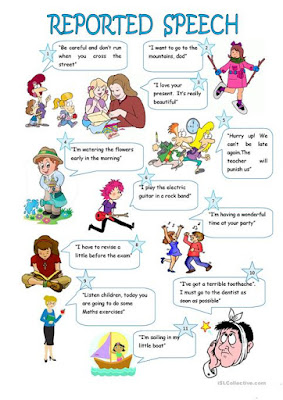REPEATED AND DOUBLE COMPARATIVES
repeated and double comparatives
INCREASING
Para indicar que algo está aumentando, podemos aplicar dos estructuras: er y er / más y más.
a) …….er and …….er
Para formar esta estructura, debemos agregar "er" al adjetivo para formar un adjetivo comparativo. Se usa con adjetivos y adverbios cortos; tales como, más y más, más y más.
Examples:
She is getting closer and closer of her mother.
By the end of the twentieth century, couples were waiting longer and longer to marry.
b) more and more
We can use this structure with long adjectives or adverbs ; for example,
more and more difficult, more and more slowly.
Examples:
It’s becoming more and more difficult.
He is going more and more slowly.
DECREASING
Para indicar que algo está disminuyendo, podemos usar las siguientes estructuras: cada vez menos, menos y menos.
a) Fewer and fewer
It is used with countable nouns.
Example:
Fewer and fewer children are leaving school.
b) Less and less
It is used with uncountable nouns and adjectives.
Example:
He needs less and less money everyday.
WHAT ARE DOUBLE COMPARATIVES?
Double comparatives
Las comparaciones dobles describen un proceso de causa y efecto. Además, se escriben como una oración con una coma que separa la causa y el efecto. La estructura para usarlos es la siguiente:
[the + comparative form] + (subject) + (verb), [the + comparative form] + (subject) + (verb)]






Comentarios
Publicar un comentario